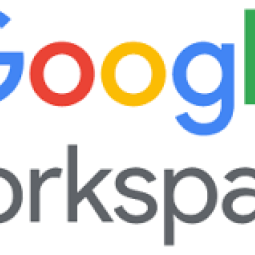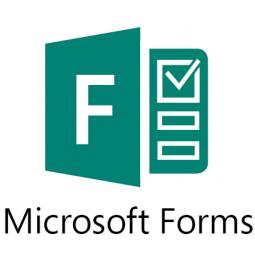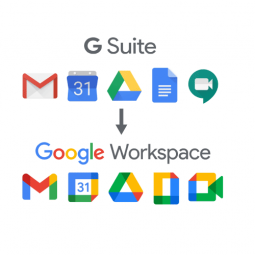Cloud computing offers not-for-profits a cost effective, sustainable option to store and share information and enable staff to work remotely. Cloud computing stores programs and files on remote servers owned and maintained by another organisation. The cloud can be used purely for storage or to deliver programs like email, word processing and communications. We recommend all not-for-profits use either Microsoft’s 365 platform or Google Workspace, both of which are in the cloud and enable staff to work wherever they are.
A 5-step remote work setup plan
We recommend all not-for-profits enable staff to work remotely by following these five simple steps:
1. Choose a collaboration platform such as Office 365 or Google Workspace and use it well
Not-for-profit organisations can benefit from discounted pricing on popular collaboration platforms from Microsoft and Google. These platforms enable groups to work on documents simultaneously and from multiple locations with built-in calendar, instant messaging and video conferencing features enabling remote communications.
2. Equip staff for effective remote working
Typically, staff will require laptops and, in some cases, smartphones to be able to fulfill their roles remotely. Ensure that each remote employee has an internet connection with appropriate bandwidth to access information easily wherever they may be working.
- The main driver of all remote work solutions is a reliable internet connection. Read more about connecting to the internet.
- The next most important factor is making sure staff have appropriate hardware. Read more about choosing the right computers for your organisation.
- Smartphones are capable of a multitude of communication methods (telephone, email, IM and video calls) and are inexpensive to run when connected to wifi.
3. Choose core systems that enable staff to securely access information remotely
Your organisation should be running core service delivery applications (such as a client/case management system or CRM) and finance/HR systems that allow your staff to work remotely securely. These systems are typically provided on a Software as a Service (SAAS) basis. SAAS refers to a method of software delivery that’s accessed by subscription rather than installed on individual servers.
4. Use multi-factor authentication and other protections to secure your information
Without adequate protections, remote working may increase your organisation’s vulnerability to data breaches. Multi factor authentication is the single most powerful defence against such breaches. Additional protections such as encryption should be enabled for sensitive information on PCs and servers.
Learn more about cyber security
5. Provide secure access to legacy applications
If your organisation uses legacy applications that currently can’t be accessed through the cloud, seek advice from an IT expert and to identifying an appropriately remote access, secure solution such as Remote Desktop Services, Azure, VPNs, Citrix and other technologies.





Status message
Thanks for rating this guide.